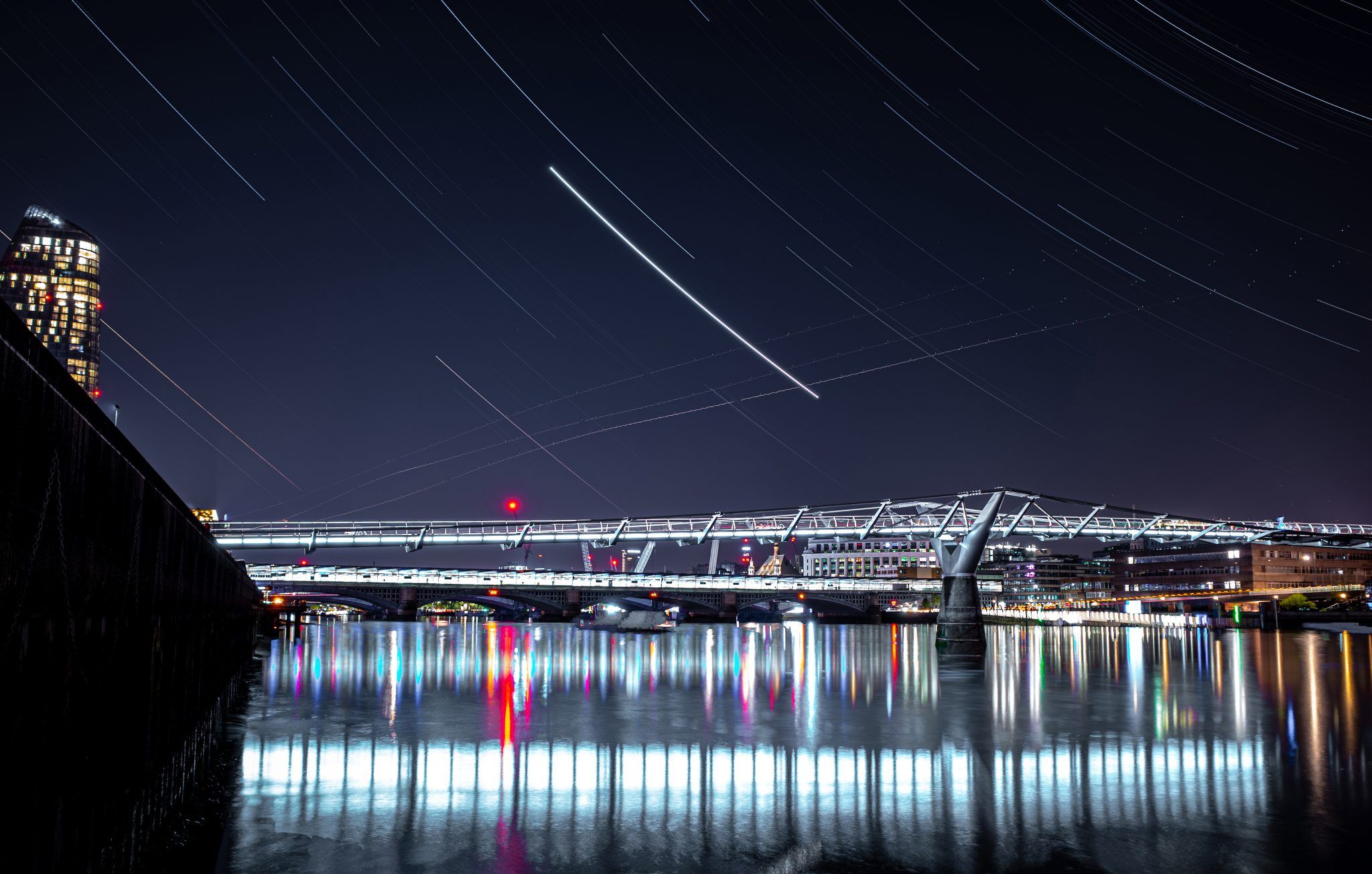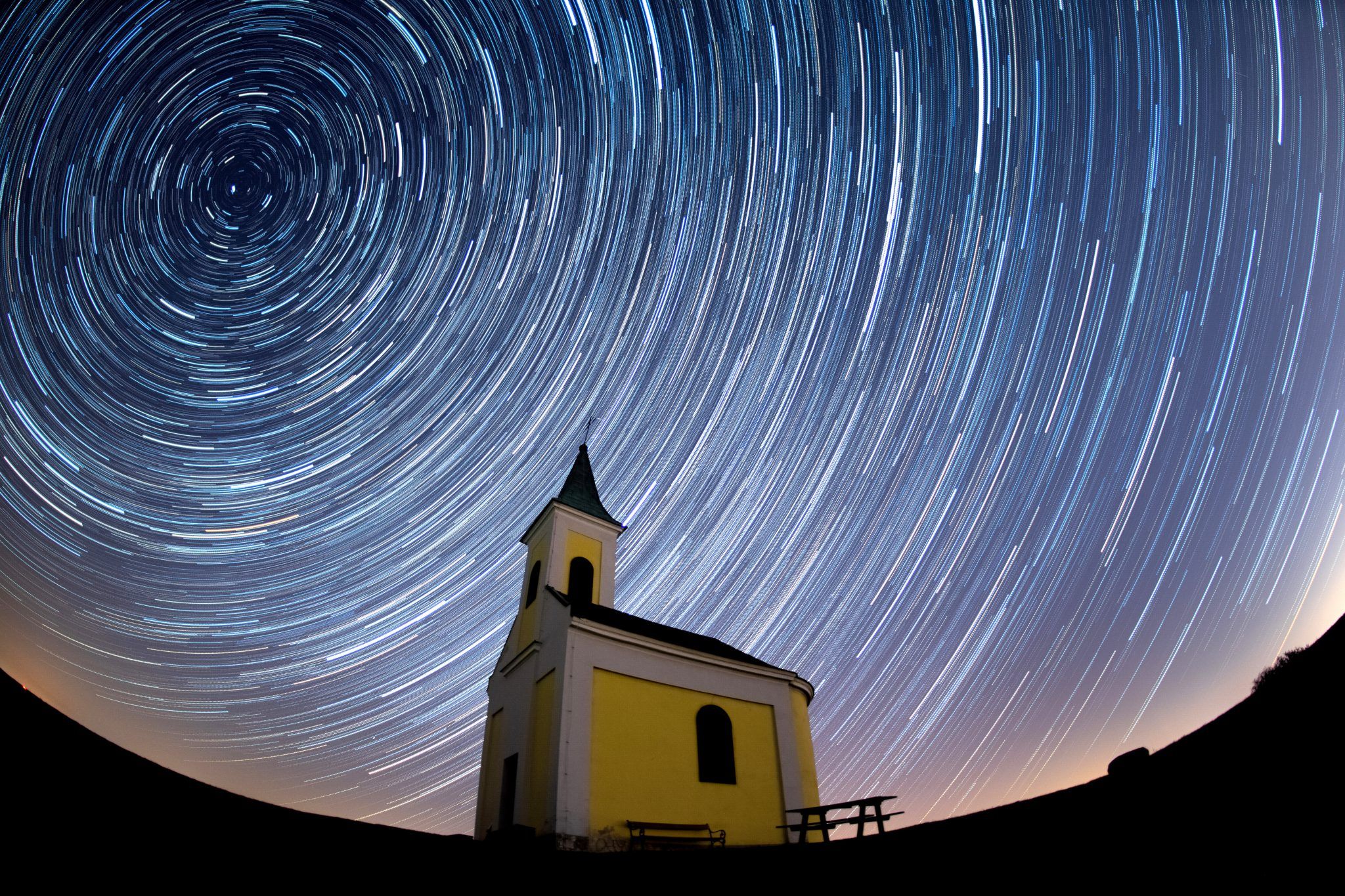Who doesn’t like pretty lights?
An ancient meteor shower that arrives annually will light the skies until Saturday thanks to a comet’s dust cloud.
The annual Lyrid meteor shower is one of the oldest of its kind, with records suggesting that the first sightings of the shower were logged 2,700 years ago. It’s finally arrived again and – having begun on Wednesday – is due to peak tonight (April 22) and continue until Saturday, April 30.
The Lyrid shower appears annually around mid-April and is caused by Earth passing through a trail of space dust left behind by a comet designated C/1861 G1 Thatcher. The comet was discovered in 1861 and is slated to enter the inner solar system in 2276, after an orbital period of 415 years.
How to view the meteor shower
The Lyrids can appear anywhere in the sky but will most often radiate from a point near the constellation of Lyra. If you are looking to snap a stunning shot, then the best time to view the shower is at midnight or dawn.
How many meteors will I see?

Providing the sky is dark enough, stargazers could see between 10 and 20 meteors in an hour – but it’s also not guaranteed.
If you miss the display, then don’t fear as you can view them again next year. If you can’t wait that long, then be sure to get up early on April 24, when you could see planetary alignment. Following the Lyrids, Jupiter, Venus, Mars, Saturn and the Moon are all set to line up.
The planets will be visible to the naked eye.
Related links:
- Not content with invading Ukraine, Putin says Russia will return to the moon
- Major solar storm alert issued as Earth is hit by expulsion from the Sun
- Elon Musk says ‘almost anyone’ can afford $100,000 ticket to Mars











































